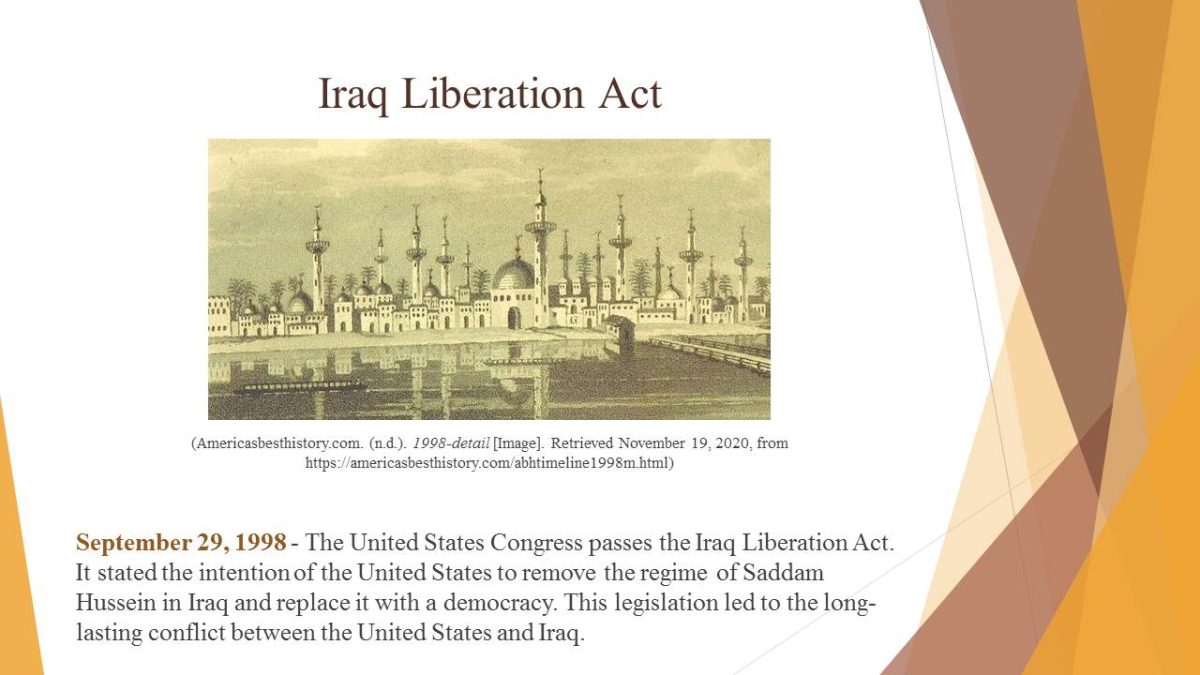Formation of the Country
June 1, 1900 – The country’s first census of the 20th century was conducted in the United States. However, the most peculiar feature of this census was the inclusion of all fifty entities that subsequently became fifty states. This event may be regarded as highly essential for U.S. history as the country has shaped its modern administrative division.

World War I
April 6, 1917 – Despite its original decision to remain neutral, the United States joined the Allies after declaring war on Germany. World War I that had undoubtedly affected all civilized world finished on November 11, 1918, when the German nation and the Allies signed an armistice agreement.

Indian Citizenship Act
June 2, 1924 – According to the Indian Citizenship Act, all Native Americans born within the country’s territory were designated citizens. This legislation plays a highly significant role in the history of the United Sates as it contributes to the establishment of freedom and equality for all Americans.
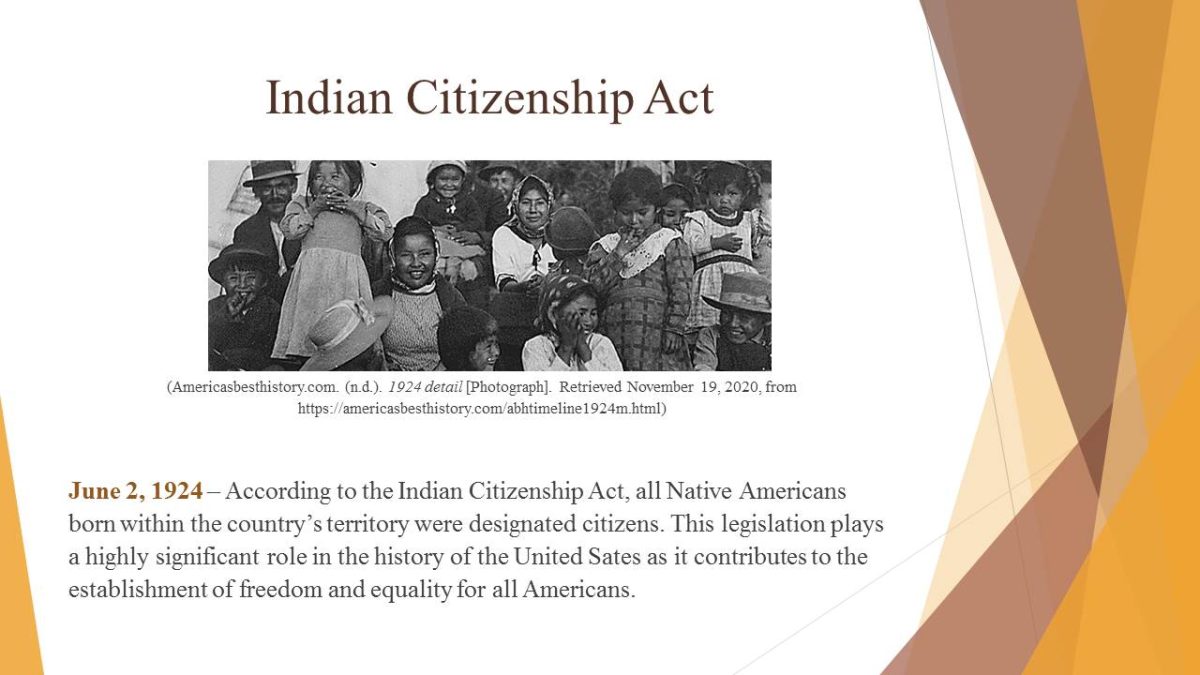
Election of Franklin D. Roosevelt
November 8, 1932 – During the presidential election, Franklin D. Roosevelt defeated President Hoover and subsequently held the presidency for unprecedented four terms. The era of Roosevelt is significant for the United States as it marked the systematic end of the Great Depression and forthcoming World War II.
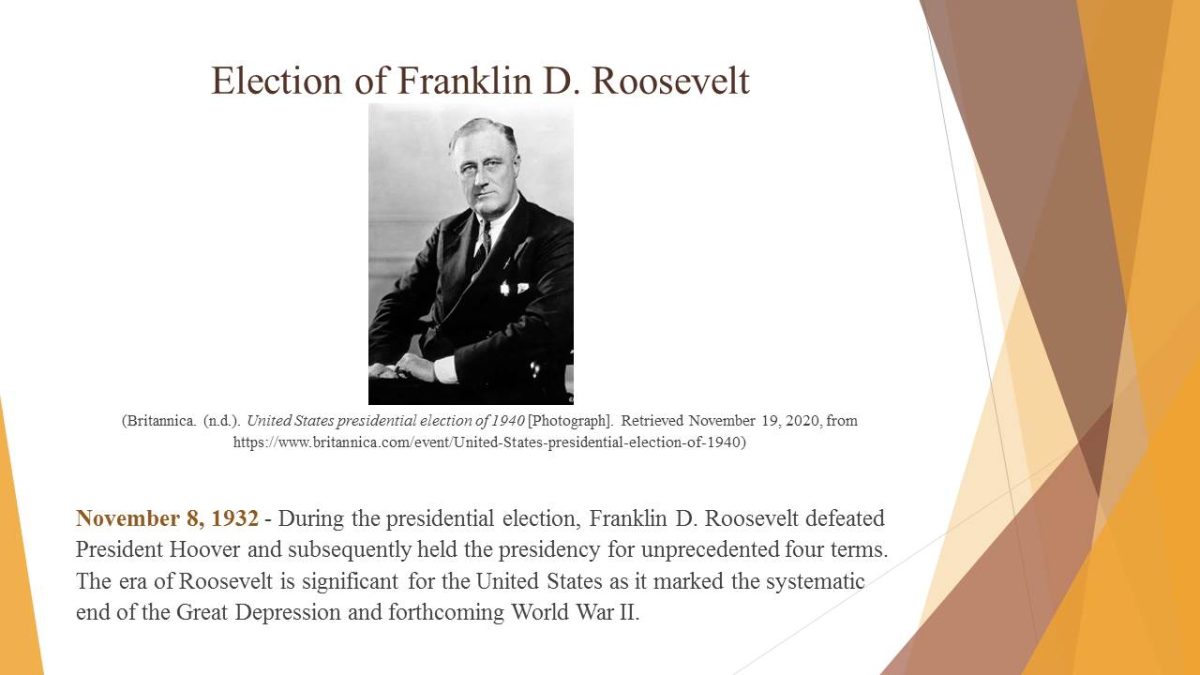
Pearl Harbor
December 7, 1941 – Japanese army attacked Pearl Harbor and destroyed the U.S. Pacific Fleet docked at the base. As a result, the greatest amount of naval soldiers in the history of the United States perished. This bloody incident led to the entry of the country into World War II with the declaration of war to Japan, Germany, and Italy.
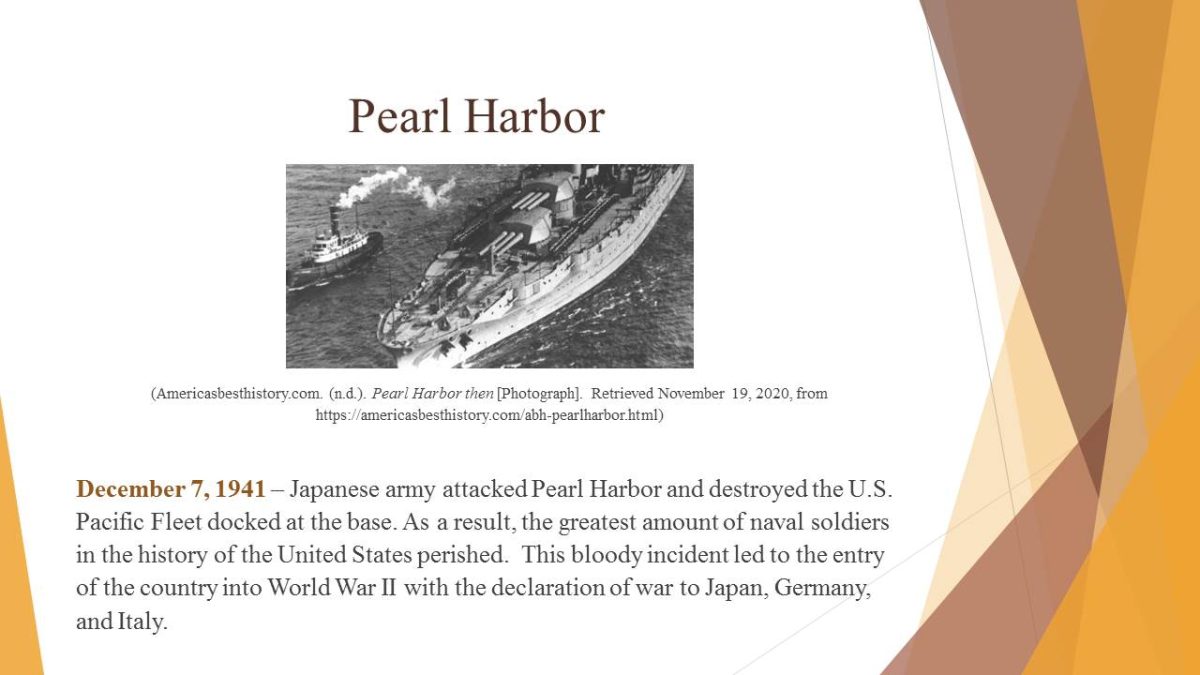
Korean War
June 25, 1950 – The Korean War begins with the invasion of North Korean troops equipped with Soviet weaponry in the territory of South Korea. This conflict led to the involvement of the United States and the beginning of the Cold War with the Soviet Union.
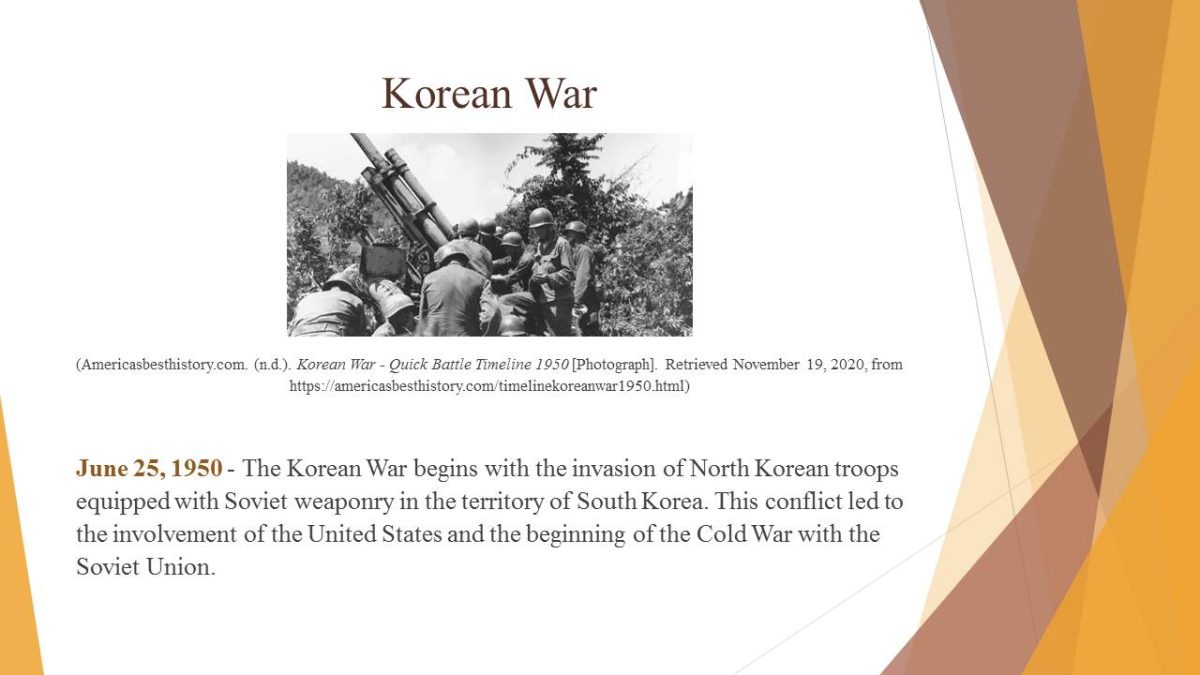
The Civil Rights March for Jobs and Freedom
August 28, 1963 – The Civil Rights march for Jobs and Freedom with more than 200,000 participants was organized on Washington, D.C. It culminated with a passionate speech of Dr. Martin Luther King from the steps of the Lincoln Memorial. The significance of this event is determined by the subsequent development of peace and equality movements that substantially affected U.S. history.

SALT
May 22, 1972 – The first trip of the U.S. President Richard M. Nixon to Moscow resulted in a strategic arms pact SALT (Strategic Arms Limitation Talks). This event led to the improvement of relationships between the United States and the Soviet Union and the end of the Cold War in the future.
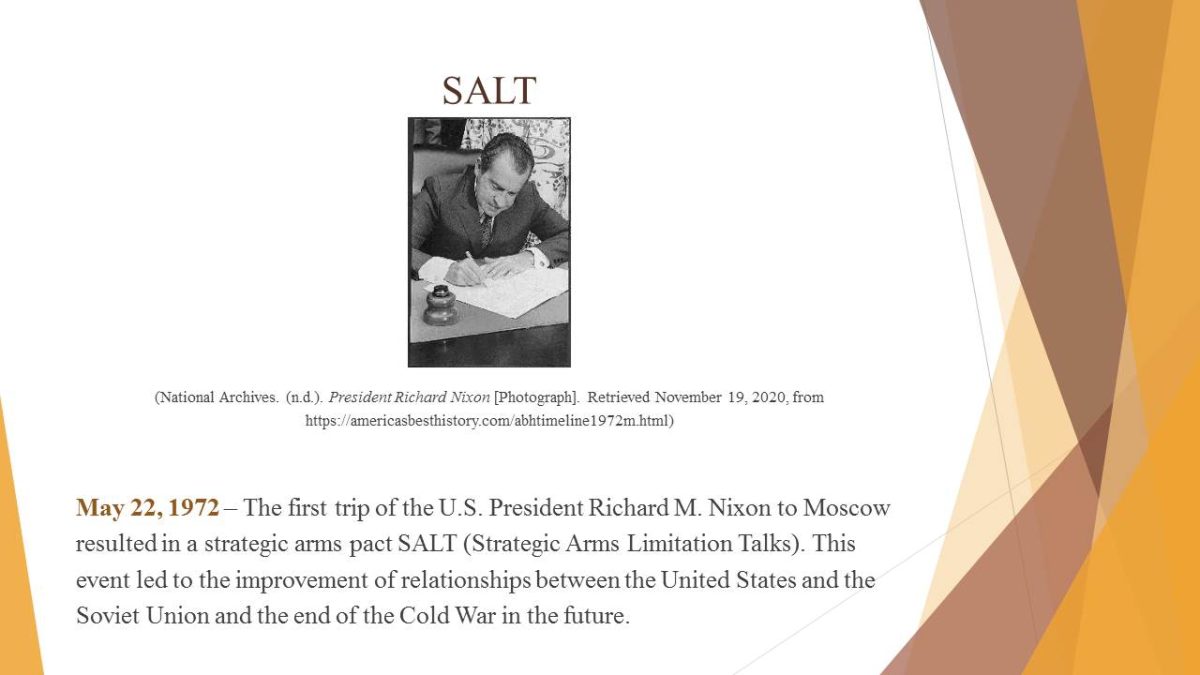
First IBM-PC Personal Computer
August 12, 1981 – The first IBM-PC personal computer, the IBM 5150, was introduced. It was created by twelve designers and engineers under the supervision of Don Estridge of the IBM Entry Systems Division. Opening the age of accessible technologies, this event has changed not only the history of the United States but world history as well.
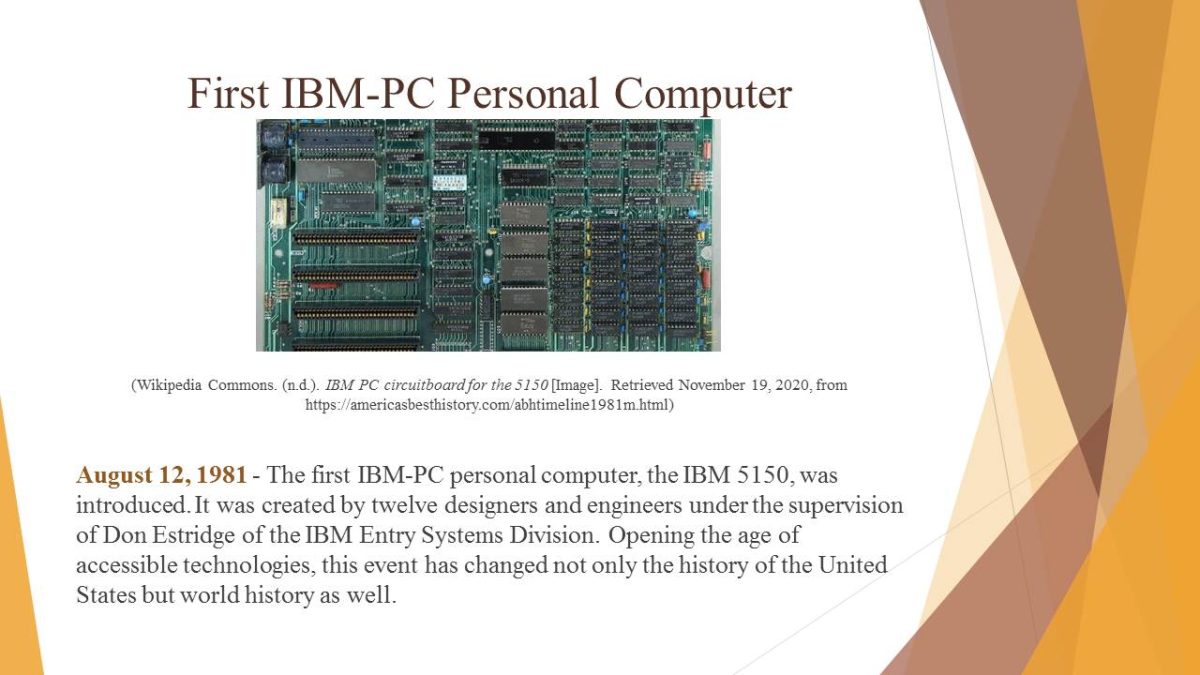
Iraq Liberation Act
September 29, 1998 – The United States Congress passes the Iraq Liberation Act. It stated the intention of the United States to remove the regime of Saddam Hussein in Iraq and replace it with a democracy. This legislation led to the long-lasting conflict between the United States and Iraq.
